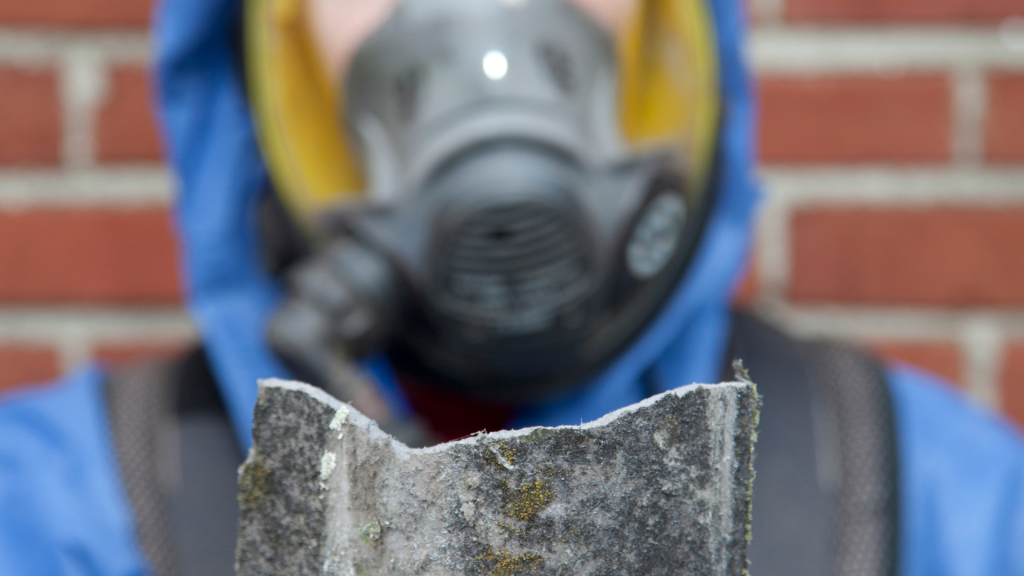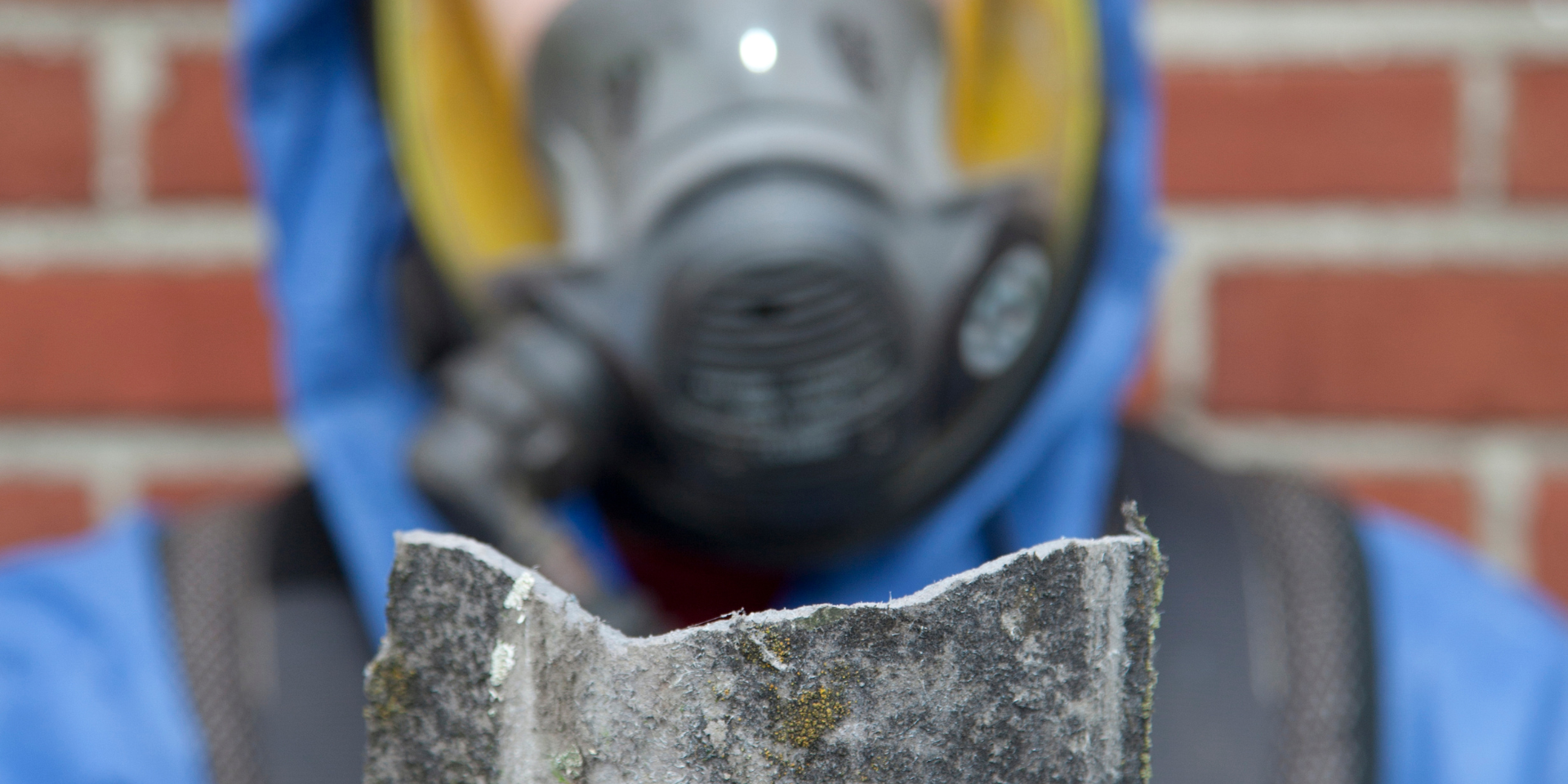A Closer Look at Asbestos

Asbestos has been used for decades in construction and manufacturing due to its durability and resistance to heat and chemicals. However, it was discovered that asbestos exposure can lead to serious health issues such as lung cancer and mesothelioma. As a result, asbestos management has become an important topic for property owners, managers, and real estate professionals and has increased the need for environmental consultants.
One of the most concerning aspects of asbestos exposure is that symptoms may not appear until many years after the initial exposure. This means that individuals who have been exposed to asbestos may not realize the full extent of the damage until decades later. By this time, the damage may be irreversible and lead to serious health complications. RiskCheck has seen firsthand the importance of proper asbestos management in property management.
The health risks associated with asbestos exposure have led to strict regulations in many countries around the world, including the United States and Canada. In Canada, the use of asbestos has been banned since 2018. However, many buildings constructed before this time may still contain asbestos, which means that individuals may still be at risk of exposure. Canadian legislation and regulations have been put in place to protect people from asbestos exposure, and it is crucial for property owners and managers to comply with these laws.
One of the key aspects of asbestos management is identifying the presence of asbestos-containing materials (ACMs) in buildings. This can be done by an inspection of the property by a qualified professional, who will take samples of materials suspected to contain asbestos and have them analyzed in a laboratory. If ACMs are found, a plan for managing them must be put in place.
The next step in asbestos management is to assess the risk posed by the ACMs. This involves considering factors such as the condition of the materials, their location, and the likelihood of disturbance. Based on this assessment, a plan for managing the ACMs can be developed. This may involve removing the materials, covering them, or leaving them in place with controls in place to prevent disturbance.
It is important to note that asbestos removal should only be done by trained professionals with the appropriate equipment and procedures in place to prevent exposure to airborne asbestos fibres. In some cases, covering them may be a more appropriate solution, as it involves sealing the ACMs in a protective coating that prevents fibers from being released into the air.
In addition to managing existing ACMs, it is important to prevent new ACMs from being introduced into buildings. This may involve screening building materials for the presence of asbestos before they are used in construction or renovation projects, especially products like cement pipes or panels, adhesives, sealants, floor tiles, etc.
Proper asbestos management not only protects the health of building occupants, but also helps to ensure compliance with Canadian laws and regulations. Failure to manage asbestos properly can result in legal liability, as well as negative publicity and reputational damage for property owners and managers.
As an environmental consultant for over 20 years, we have worked with property owners and managers to develop comprehensive asbestos management plans that protect the health and safety of building occupants while also ensuring compliance with Canadian laws and regulations. This involves identifying the presence of ACMs, assessing the risk posed by these materials, and developing a plan for managing them that is tailored to the specific needs of each property.
Asbestos management remains a critical issue for real estate professionals in Canada. Proper management of ACMs is essential for protecting the health and safety of building occupants and complying with Canadian laws and regulations. RiskCheck is committed to helping property owners and managers develop comprehensive asbestos management plans that ensure the safety of building occupants and protect their legal and reputational interests.
Get in touch today to learn how we can help you with this or other hazardous material concerns.


- Contact us today to learn more about our services and how we can help you manage and mitigate your risks!






